Four Harbors Audubon Society (4HAS) is launching a brand-new, aptly named, “Bird Oasis” program on March 1. Property owners can now request a consultant from 4HAS to assess the quantity and quality of native plants and eco-friendly practices on the premises to help local bird populations and other wildlife to not just survive, but to thrive.
If the property qualifies, a certification level is determined and a sign is given to the owner, proclaiming the property a bird- and wildlife-friendly habitat. If the property is not quite ready, or a higher Bird Oasis certification level is sought, the consultant will create a list of improvements for the owner to implement.
Photos of the finished property are sent back to the 4HAS Bird Oasis team for reassessment. In addition, photos of the most attractive, “birdiest” yards will be featured throughout the year on the chapter’s website. There are also future plans to have a yearly “Best Bird Oasis” contest.
The reasons for this program are abundant. In suburbia, open space is at a premium and what exists is usually overrun by invasive plant species, creating large areas of low-quality food sources unable to support native wildlife in healthy numbers. Such habitat fragmentation and loss, coupled with climate change and inappropriate environmental practices is causing bird and other wildlife populations to fall into steep decline.
 In 2018, the Suffolk County Department of Economic Development & Planning published its 2016 Land Use Study. In the report, Brookhaven Township and Smithtown Township had 27% and 17% recreational and open space, respectively. The report went on to quantify Brookhaven Township’s residential, commercial, institutional and industrial land use at a bit more than 50%. Smithtown Township in total is a bit higher at 63%. This land is the focus of the Bird Oasis program.
In 2018, the Suffolk County Department of Economic Development & Planning published its 2016 Land Use Study. In the report, Brookhaven Township and Smithtown Township had 27% and 17% recreational and open space, respectively. The report went on to quantify Brookhaven Township’s residential, commercial, institutional and industrial land use at a bit more than 50%. Smithtown Township in total is a bit higher at 63%. This land is the focus of the Bird Oasis program.
The program takes the concept of a healthy, robust ecosystem and places it directly into the homeowner’s or commercial building’s landscape by requesting property owners use more native plants and incorporate planet-healthy and sustainable practices when creating their outside space.
By choosing native plants with both excellent habitat services and tidy habits, landscapes that are both attractive and environmentally functional can be created. Bird Oasis consultants will also be looking for habitat features like wood or brush piles, ponds or birdbaths, winter forage in the form of seedheads and the insects found in plant stalks to be left up over the cold months and cut back in the spring, and other important ecoscaping concepts.
Additionally, the program focuses on environmentally healthy practices, like mulching grass clippings back into lawns, leaving leaves or shredded leaf litter down as, or under, mulch, and using organic slow-release fertilizers. An ecologically balanced yard cures its own ills within a short amount of time, so targeted pest management with organic principals should be used only when insect outbreaks or other issues are severe.
Chemical fertilizers and pesticides should be avoided on certified properties. Most insecticides and fungicides are broad spectrum, which kills both the good and the bad. They also seriously harm the soil food web. Additionally, excess nitrogen does not stay in the soil, but runs off or down into the water table — as do chemical pesticides — and causes harmful algal blooms in Long Island bays and estuaries.
It is hoped that people will see the beauty in these certified properties and notice all of the birds they attract. This will create additional excitement — and habitats —as more people create their own private sanctuaries, which will shift the current landscape paradigm to something more sustainable and environmentally-friendly.
“The potential to reverse the trend is there,” explains Joy Cirigliano, President of 4HAS. “If we can harness our managed landscapes and other properties to provide suitable habitat for our native plants and animals, and make them beautiful at the same time, it will help strengthen and heal our local ecosystem. All of our neighbors will be happy, including the furred and feathered ones.”
The Four Harbors Audubon Society Bird Oasis Program is available to any property within the *4HAS territory, including residential, commercial, industrial and municipal for a fee. The program consists of a one-hour consultation and property assessment and a certification sign.
*4HAS Territory:
Centereach, Coram, East Setauket, Hauppauge, Kings Park, Lake Grove, Middle Island, Miller Place, Mount Sinai , Nesconset, Port Jefferson, Port Jefferson Station, Ridge, Rocky Point, Saint James, Selden. Setauket, Shoreham. Smithtown, Sound Beach, South Setauket, Stony Brook, and Stony Brook Campus.
For more information, visit https://4has.org/bird-oasis after the program launch on March 1. For additional inquiries, please send an email to [email protected].
 Four Harbors Audubon Society is a local chapter of the National Audubon Society. It is affiliated with Audubon New York and is a member of the Audubon Council of New York State. Its mission is to protect and preserve birds, wildlife, and the places and resources needed, for today and tomorrow.
Four Harbors Audubon Society is a local chapter of the National Audubon Society. It is affiliated with Audubon New York and is a member of the Audubon Council of New York State. Its mission is to protect and preserve birds, wildlife, and the places and resources needed, for today and tomorrow.

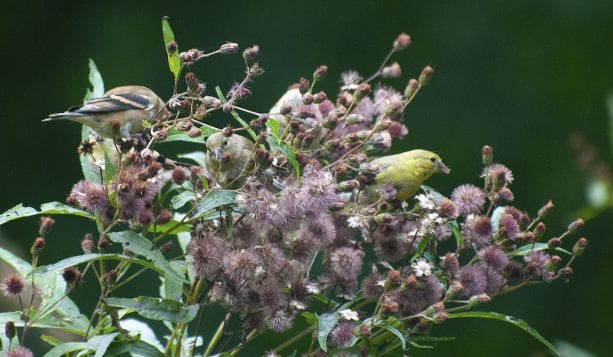

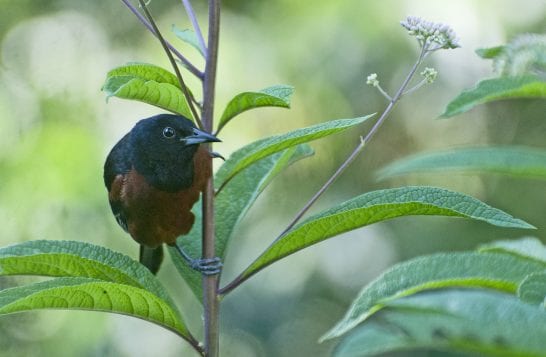
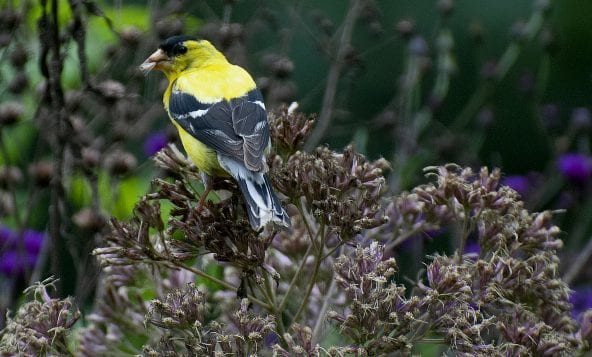
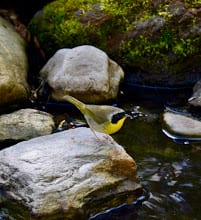
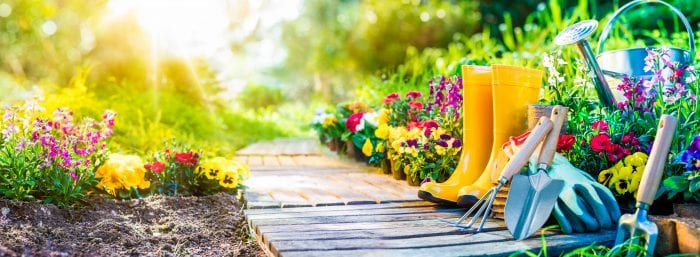


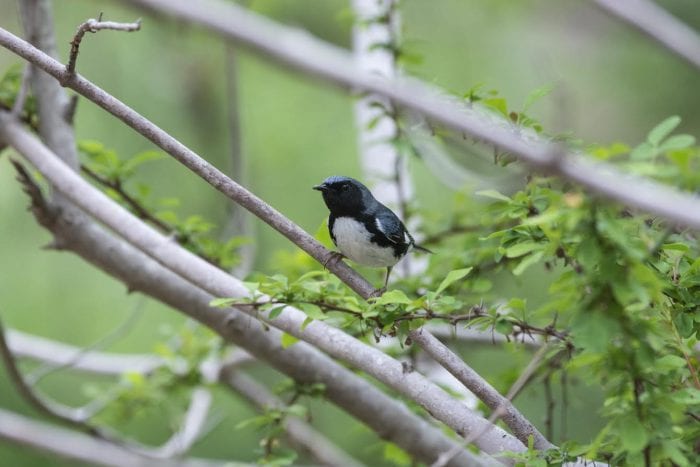
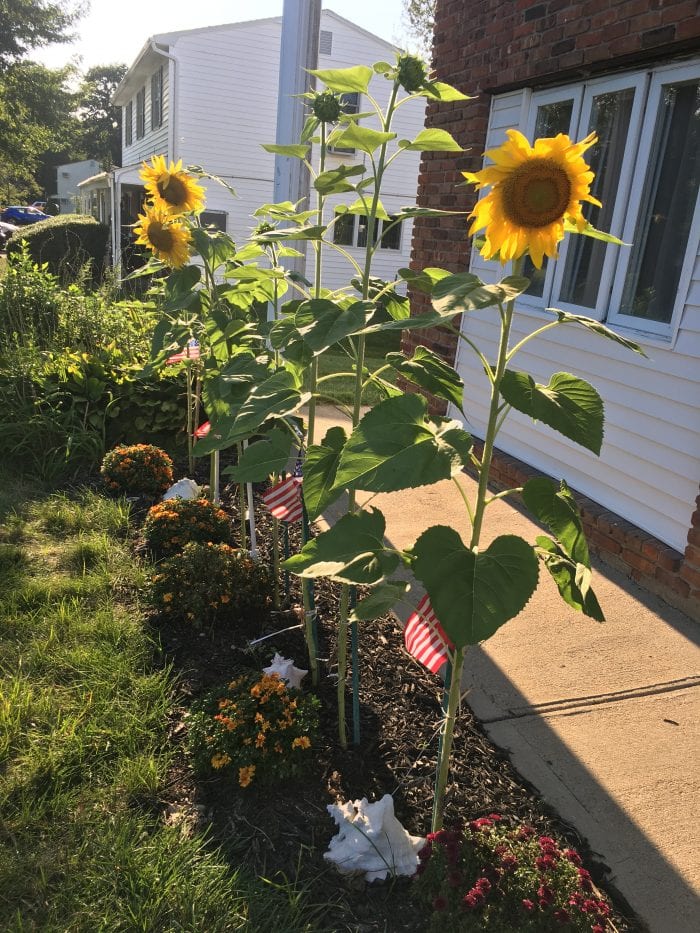
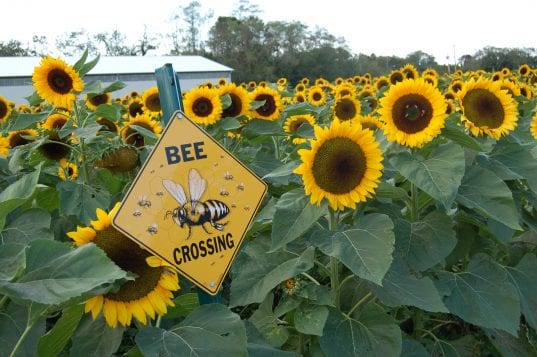
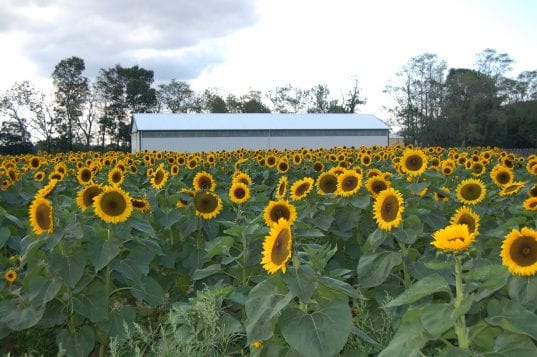
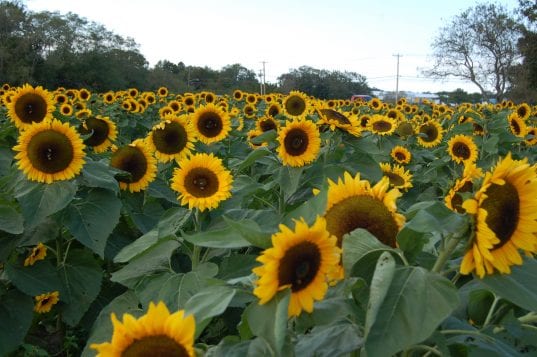
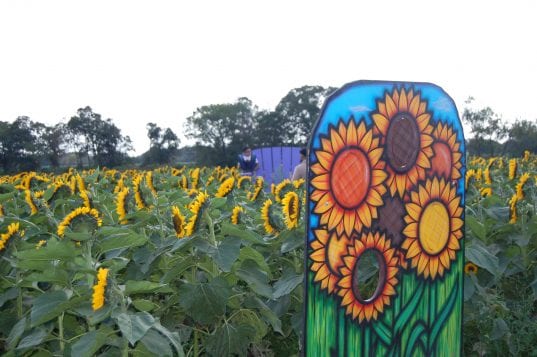
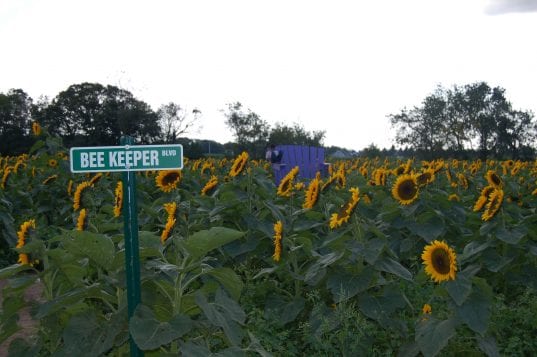
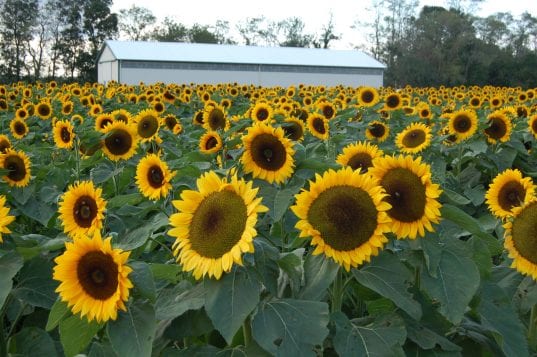
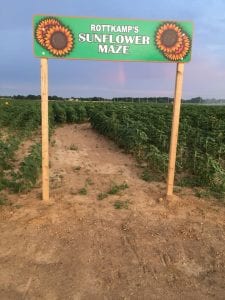
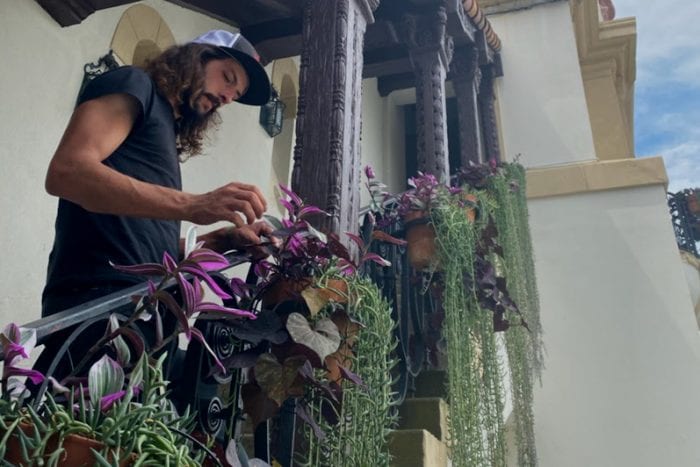
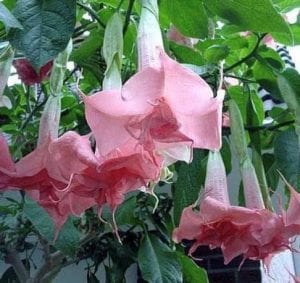
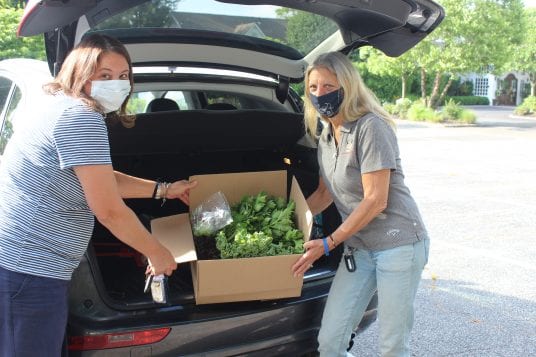

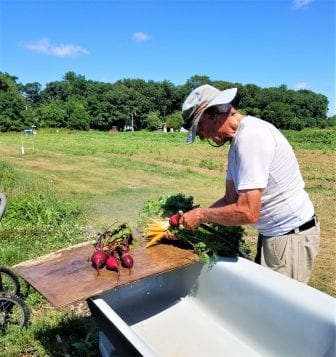

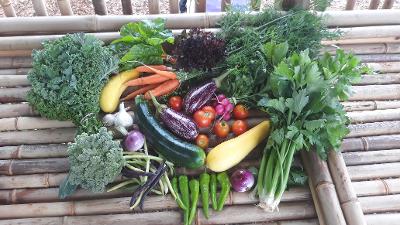
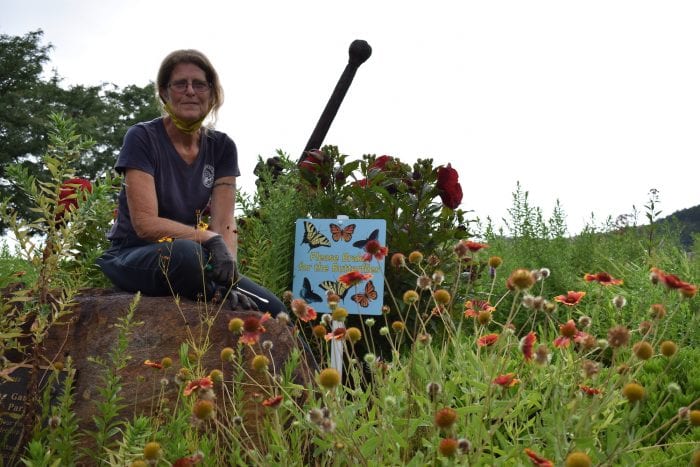
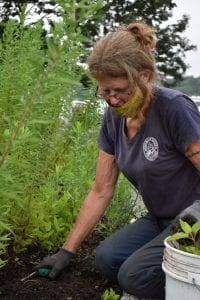
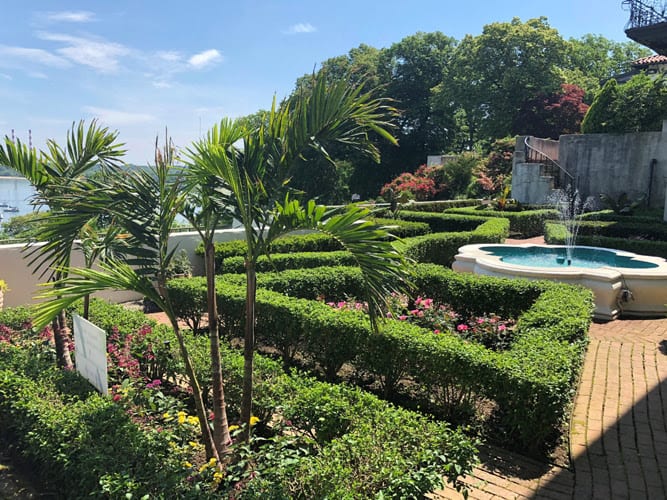
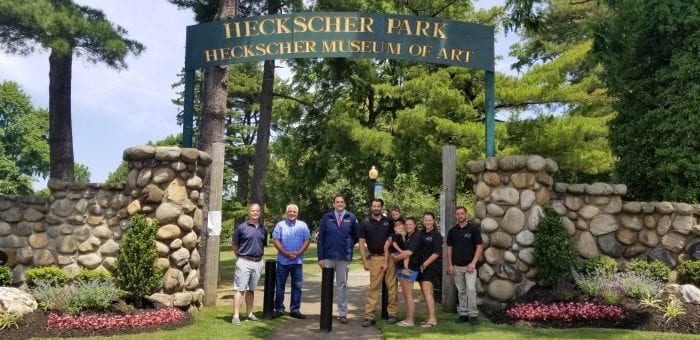
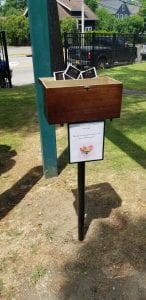 A box of complimentary wildflower seed packets was installed by the landscape company at the second installation, from which visitors to the park can take a complimentary seed packet. A second box of seed packets will be installed next to the first installation on the western Prime Avenue entrance to the park within the week.
A box of complimentary wildflower seed packets was installed by the landscape company at the second installation, from which visitors to the park can take a complimentary seed packet. A second box of seed packets will be installed next to the first installation on the western Prime Avenue entrance to the park within the week.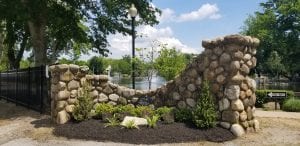 “I am the prime beneficiary of this Adopt-a-Corner installation because my office is located across the street,” stated Councilman Smyth. “I see this beautiful corner every day. I encourage everyone to make the town look its best by adopting a corner. The resident or business which adopts a corner may put place a small plaque with their name or dedicate the corner in honor of someone.”
“I am the prime beneficiary of this Adopt-a-Corner installation because my office is located across the street,” stated Councilman Smyth. “I see this beautiful corner every day. I encourage everyone to make the town look its best by adopting a corner. The resident or business which adopts a corner may put place a small plaque with their name or dedicate the corner in honor of someone.”


